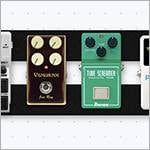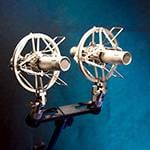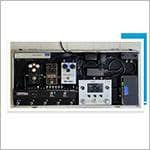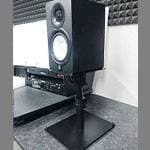Performing at a live house is a special event for students belonging to light music circles and for those who engage in band activities as a hobby. Unlike regular studio practice, since many people are involved, including lighting and sound staff, other performers, and the audience — the thoroughness of preparation directly affects the quality of the actual performance.
Among these, indispensable for smoothly running the live show are the setlist and the stage setup diagram. These are important documents not just for the band themselves, but also for PA (sound staff) and lighting staff to respond accurately during rehearsals and the actual performance.
Personally, I have worked for nearly ten years as staff for student live events, but many amateur bands neglect this part. As a result, rehearsals run late or troubles occur during the performance quite often.
Therefore, this time I will specifically explain how to write a setlist and stage setup diagram for amateur bands with little live performance experience.
Basic Structure of a Setlist
At live houses, it is common to be given a form in advance on which information is necessary to be filled out. Sometimes the format is sent by email beforehand, and other times it is handed out just before rehearsal on the day of the performance.

The main items to be filled out are as follows:
- ① Stage Setup Diagram
- ② Equipment Brought In
- ③ Member Introduction
- ④ Setlist (Song Order)
- ⑤ Requests to PA
Let’s look at these in detail one by one.
① Stage Setup Diagram
This is a diagram showing the placement of equipment used and the members’ positions on stage. Since this is one of the most important pieces of information for the staff, be sure to fill it out without leaving anything out.
The stage setup diagram includes the members’ positions and the placement of amps and drum sets.
- If there are multiple guitarists, writing the amp models makes it easier to understand.
- If possible, include the number of toms and the sizes of cymbals for the drums.
- Microphones are generally represented by a circle with an arrow attached as a symbol.
A properly drawn stage setup diagram directly shortens rehearsal time.

② Equipment Brought In
If the band prepares any equipment themselves, list it here. Typical examples by part are as follows:
- Vo … When using your own microphone
- Gt … When bringing your own amplifier or pedalboard
- Ba … When bringing your own amplifier or DI
- Dr … Own snare, double pedal, additional cymbals, etc.
- Others … Synchronization equipment such as MTR or PC
By clearly listing the equipment you plan to bring, the staff can prepare in advance and shorten the setup time.
If you wish to rent and use equipment provided by the live house, be sure to write that as well.
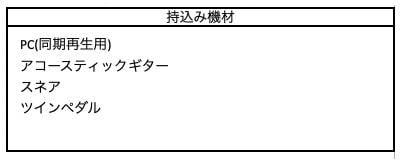
③ Member Introduction
Write the part and name of each member. Writing names in Katakana is more common than writing them in kanji. Either real names or stage names are acceptable.

④ Setlist (Song Order)
This is the most important point and also where many amateur bands struggle. The basic way to write it is as follows:
1. Song Title
If it is a cover song, be sure to include the artist’s name. If the PA or lighting staff know the song, they may adjust their settings to match the atmosphere.
For original songs, it is helpful to note them as “Original”. Also, it is good to write in the setlist whether there are entrance sound effects (SE), MCs, or endings.
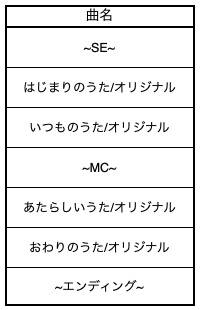
2. Tempo / Song Style
PA and lighting staff must quickly understand and respond to songs they are hearing for the first time.
Some live houses require the BPM to be written, so it’s best to know the tempo of your songs beforehand.

3. PA / Lighting Image
Many bands leave this section blank, which is a huge missed opportunity. Here is some information that is personally recommended to include:
- Presence or absence of backing vocals
- Guitar soloist (especially if there are two guitarists)
- Whether there is an acoustic guitar switch
- Image or mood of the song
- Presence or absence of synchronized backing tracks
Since staff often cannot accommodate overly detailed notes, it’s better to keep them this simple.
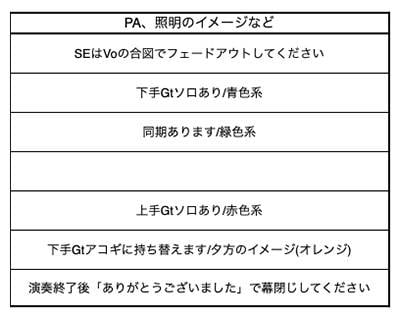
⑤ Requests from the Band to the PA
If there are any requests you want throughout the entire live performance, write them here.
- Want to output the guitar sound via line instead of from the amp
- Want the vocal reverb to be stronger
- Use of synchronized backing tracks (yes/no)
- Overall sound image (bright, heavy, etc.)
Simply writing these down will greatly improve the efficiency of the rehearsal.

Regarding Changes to the Setlist and Setup Diagram
If you want to make changes after submitting them once, be sure to inform the staff. Small corrections can usually be accommodated, but major changes will cause rehearsal delays and inconvenience other performers. Also, doing something not written on the setlist suddenly during the performance can cause trouble. Since PA and lighting staff prepare for each song in advance, they often cannot respond to sudden changes. Avoid any spontaneous actions.
How to Submit SE (Entrance Music / Sound Effects)
When you write "SE" on the setlist, you also need to pay attention to how you provide the sound source. This is often underestimated, but handling this carelessly can lead to problems during the actual performance.
Basically, giving a CD is the most reliable method. Some live houses may use a PC to play the sound, but many venues can surely handle CDs, and compatibility issues with playback equipment are less likely.
Also, the recommended file format is mp3. Although formats like wav can sometimes be supported, their larger file size can make management cumbersome. Preparing in the widely compatible mp3 format is safer.
What should be avoided is playing directly from a smartphone or music player. This method is prone to operational issues, sudden volume changes, and the accidental intrusion of notification sounds,which poses risks of unforeseen problems. Especially at events with limited rehearsal time, such as student live shows or joint band events, it creates extra things for the staff to check out.
Therefore, bands planning to use SE should always burn the sounds onto a CD and bring it with them. It’s even safer to prepare a backup disc just in case.
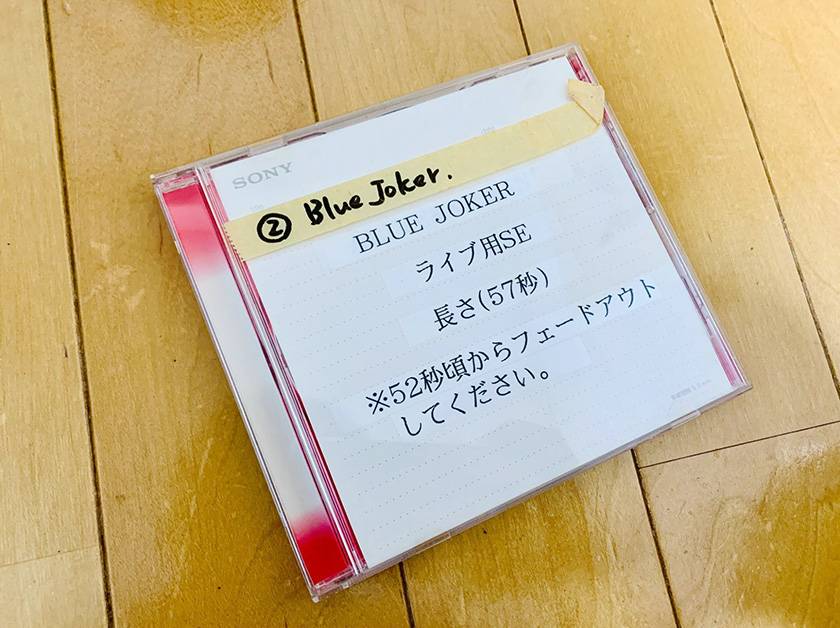
An SE CD used by my band during their student days
It’s helpful to write instructions or notes on the jacket side for clarity.
Summary
A live performance is not just about playing music; the preparation and coordination are all part of one complete work. By carefully creating your setlist and stage setup diagram, rehearsals and the live show itself will proceed smoothly, allowing you to focus fully on your performance.
Skilled bands tend to have clear and neat setlists as well. Please use this article as a reference!
The “sound & person” column is made up of contributions from you.
For details about contributing, click here.






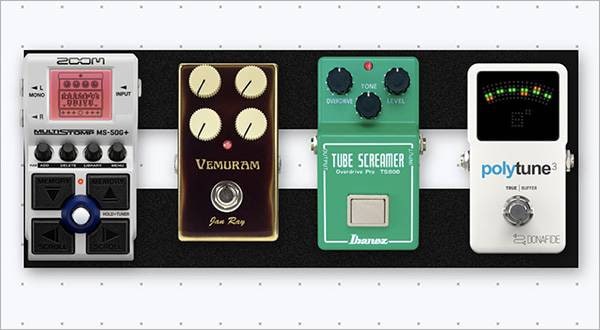
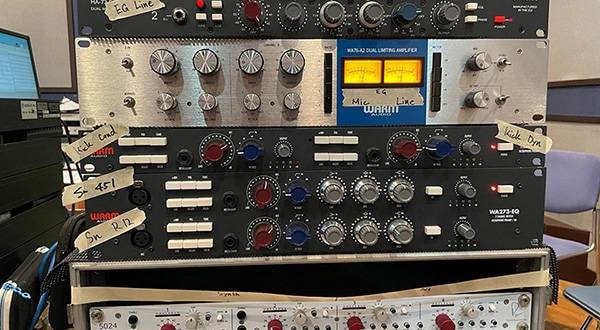

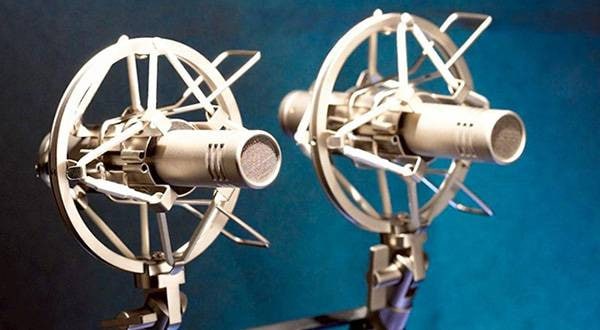

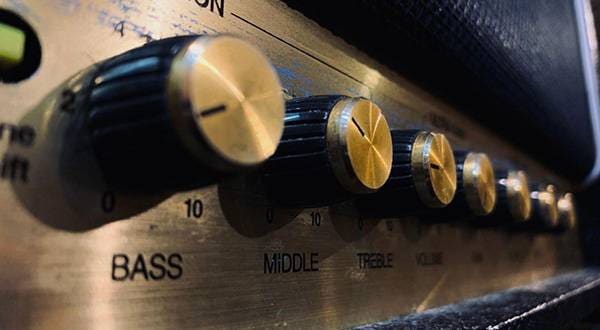

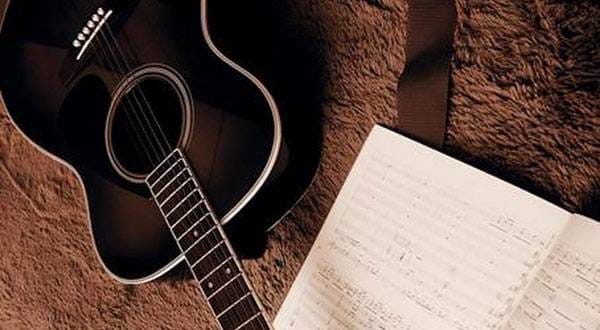


 ミュージシャン数珠つなぎ インディーズバンド編
ミュージシャン数珠つなぎ インディーズバンド編
 音楽好きSNSアプリ SOUND NAVI
音楽好きSNSアプリ SOUND NAVI
 音楽フェスをご紹介
音楽フェスをご紹介
 ギター初心者ゼミ
ギター初心者ゼミ
 みんなでつくる 新・音楽用語事典
みんなでつくる 新・音楽用語事典
 ライブをしよう!
ライブをしよう!
